Tshechokling Monastery, meaning “Temple of Longevity” in Tibetan, is a Tibetan Buddhist monastery and one of the four major “Ling” in Lhasa.
The main structures include the Dukhang Hall and the Lhakhang (Renpoche residence). There are two ancient cypress trees in front of the monastery, which is believed to have been planted when the monastery was built. The lush surrounding forests create a tranquil and serene environment.
Brief
It is located about 7 kilometers south of Lhasa City, across the Lhasa River from the city. Tshechokling Village is named after this monastery
Lhasa has natural “eight auspicious symbols,” such as “Parasol” and “Conch shell” behind Sera Monastery, and the mountain facing the Lhasa Bridge in the east of Lhasa City is called “Treasure Vase Mountain” (also “Benpo Ri” in Tibetan). Tshechokling Monastery is located west of this “Treasure Vase Mountain,” surrounded by mountains and clear springs, with extremely beautiful scenery.
The “mother” monastery of Tshechokling Monastery is the “Tashi Samdanling monastery” in the “Gyedzong” area of southern Tibet, and Tshechokling Monastery completely follows the teaching and heritage of its “mother monastery”. “Kachen·Yeshe Gyaltsen” himself completed his studies at the Tashilhunpo Monastery in Shigatse, and Tshechokling Monastery may be considered as the outpost of Tashilhunpo Monastery in Lhasa region.
After the establishment of Tshechokling Monastery which was is staffed by a total of 100 monks by local regime. However, the Tshechokling Living Buddha lineage has never been involved in the administration of local affairs (regency), so its economic and institutional power is not as strong as the other three major Lings (the other 3 monasteries)
According to the “Summary of Tibetan Affairs in the Qing Dynasty,” the Tshechokling Living Buddha once acted as the regent of Tibet, but he was not officially appointed. Although he did not have the qualification of regent, he still held a certain position and influence in the religious and political aspects of Tibet. In 1745 AD, the Junggar Khanate – Jungar Danchi Ling admired the monastery and sent people to bring wealth to Tibet for its expansion. At that time, the Tibetan king “Polonai” was wary of this and politely declined.
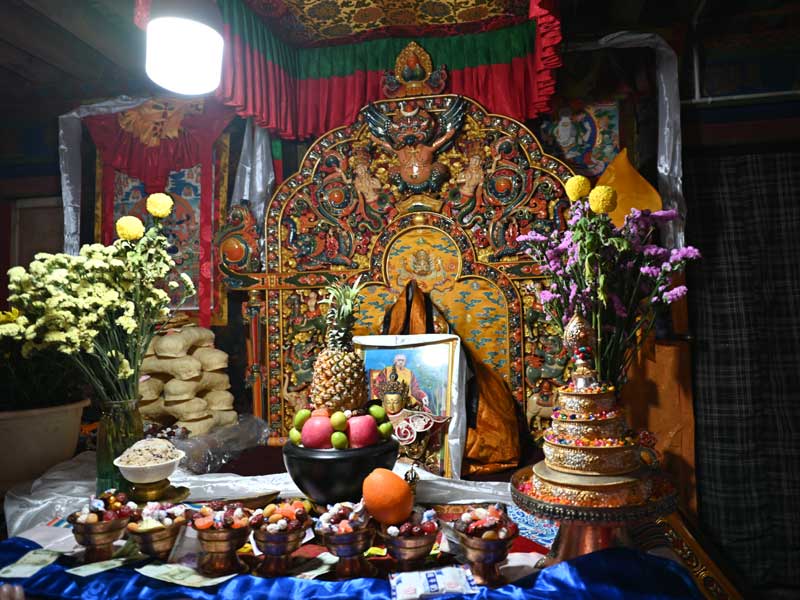
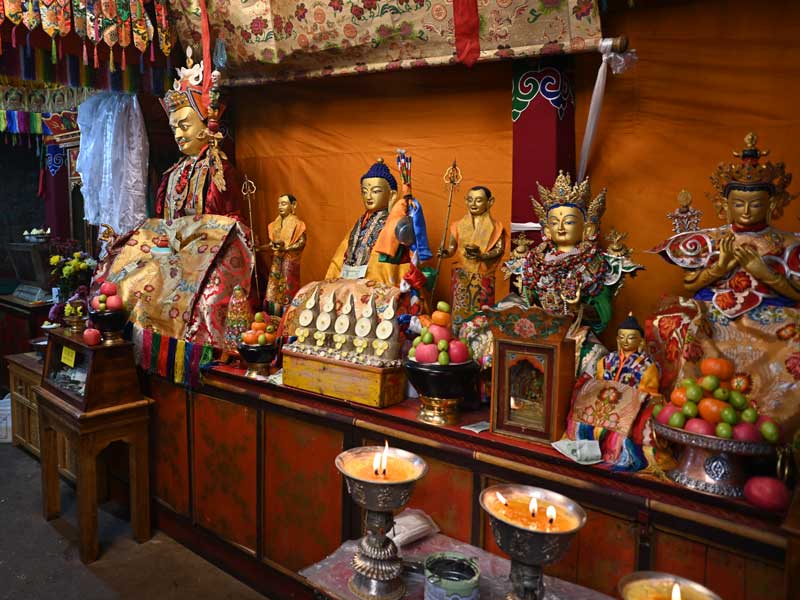
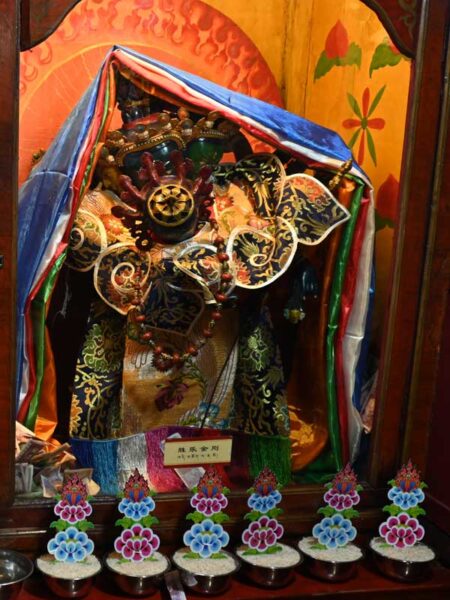
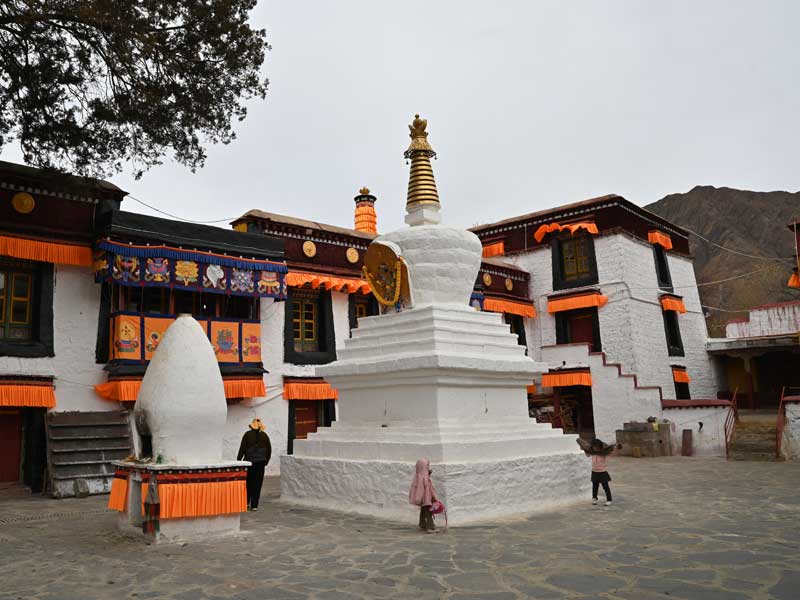
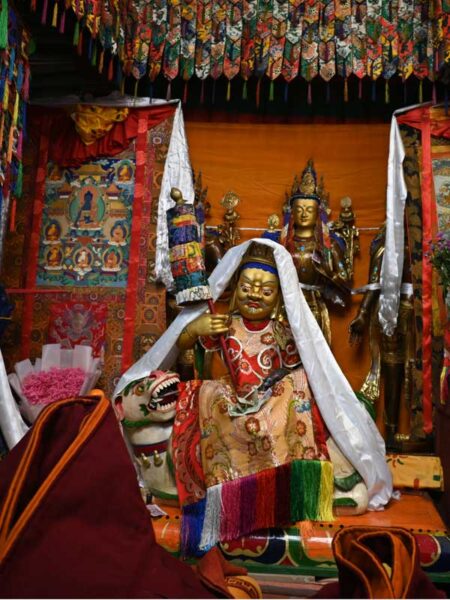
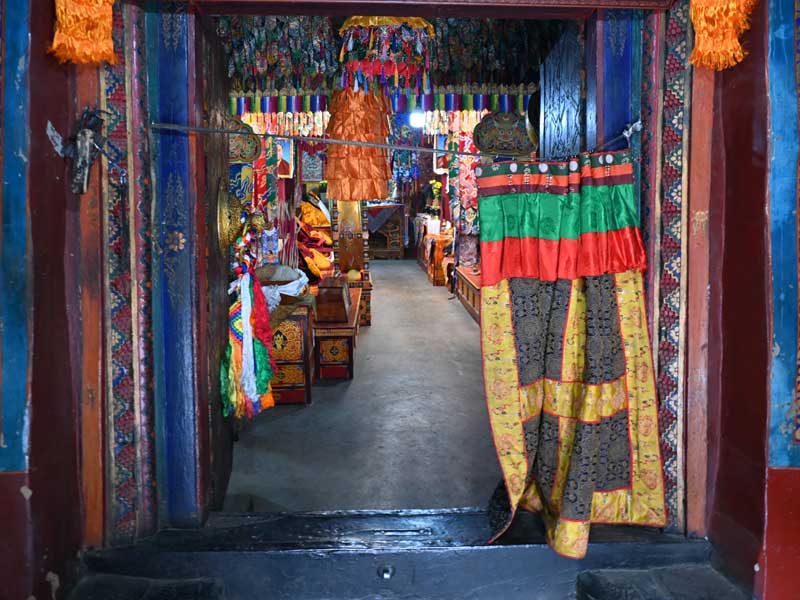
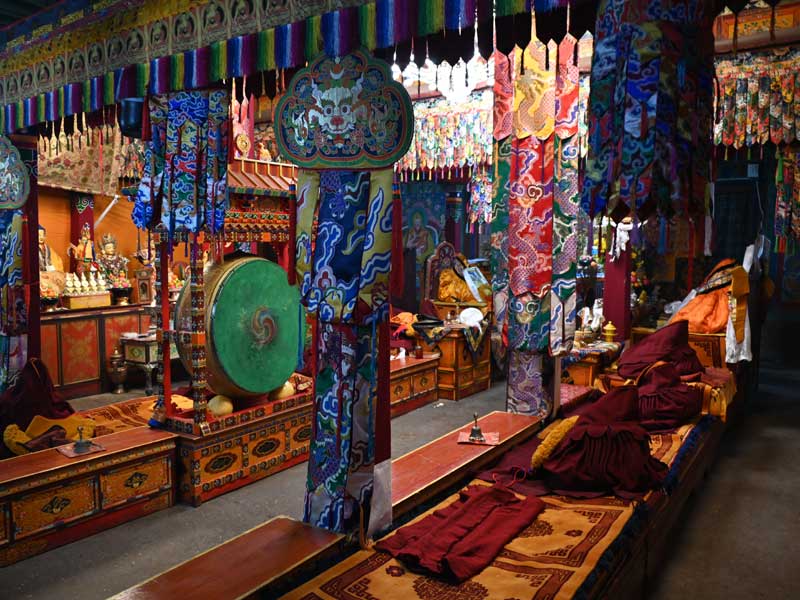
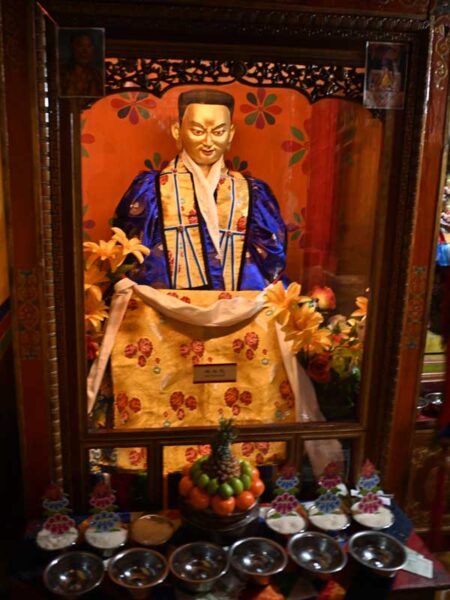
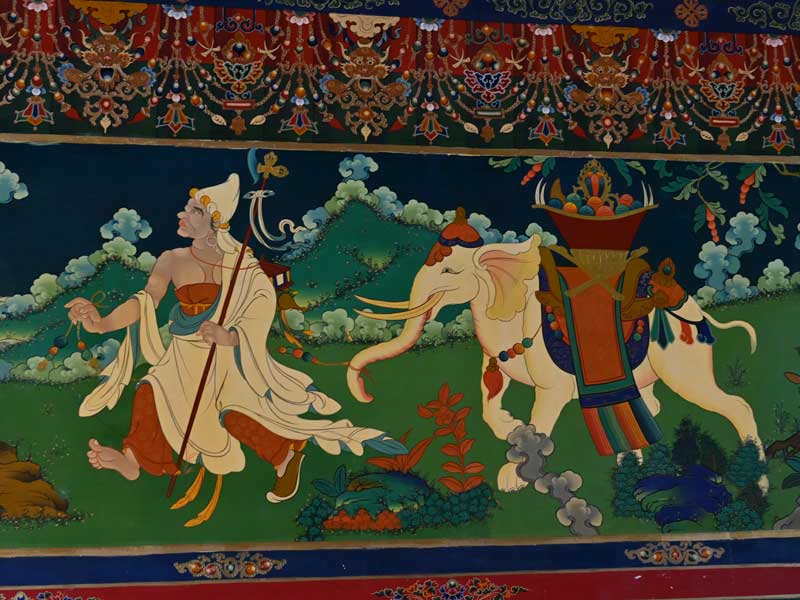
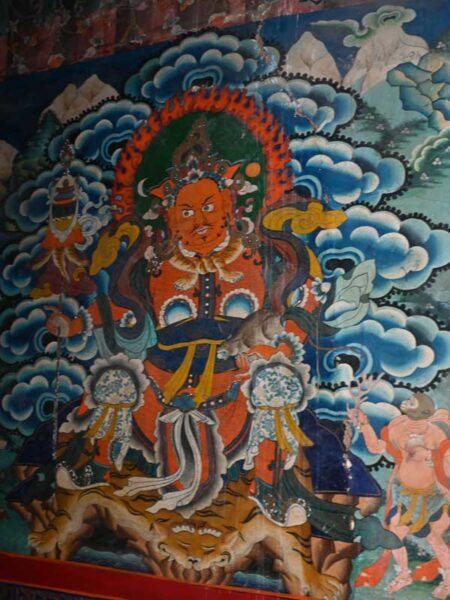
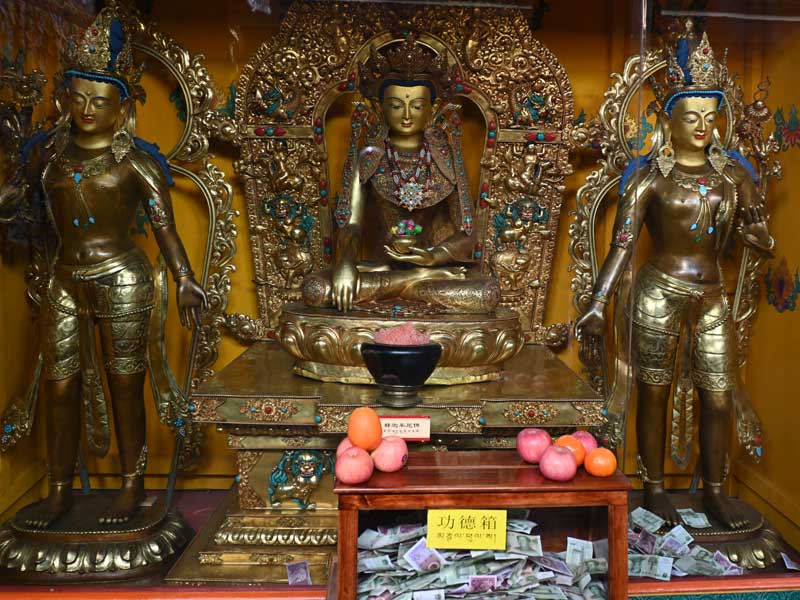
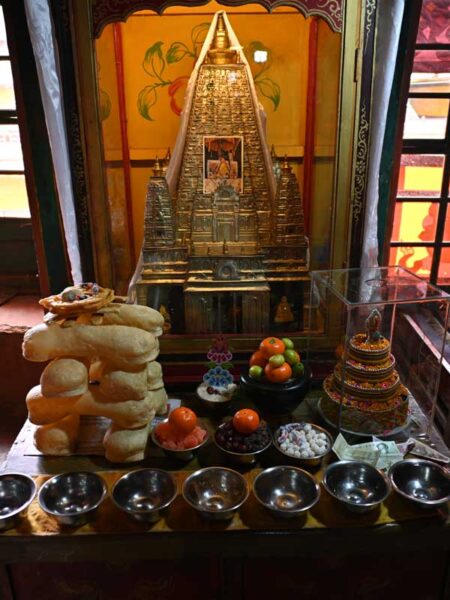
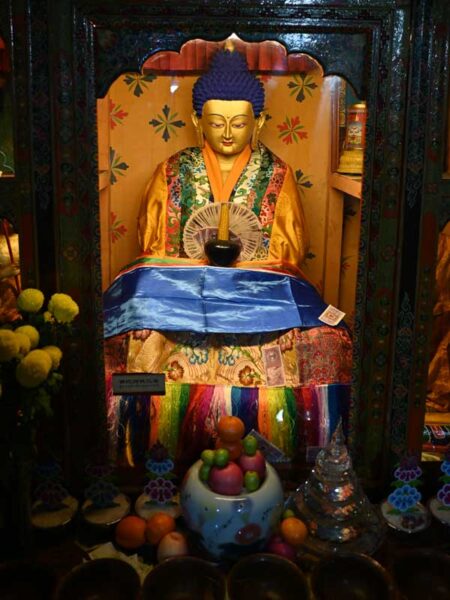
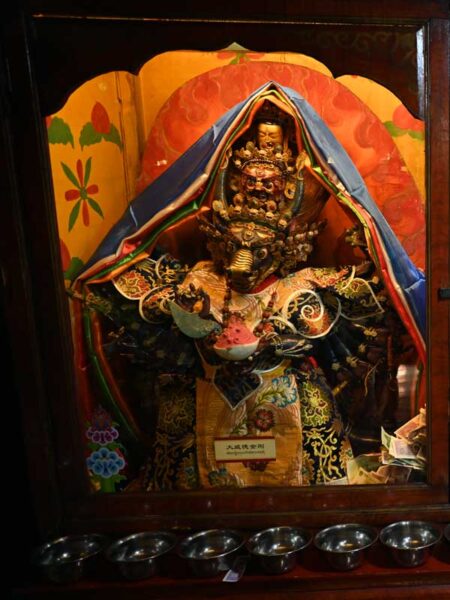
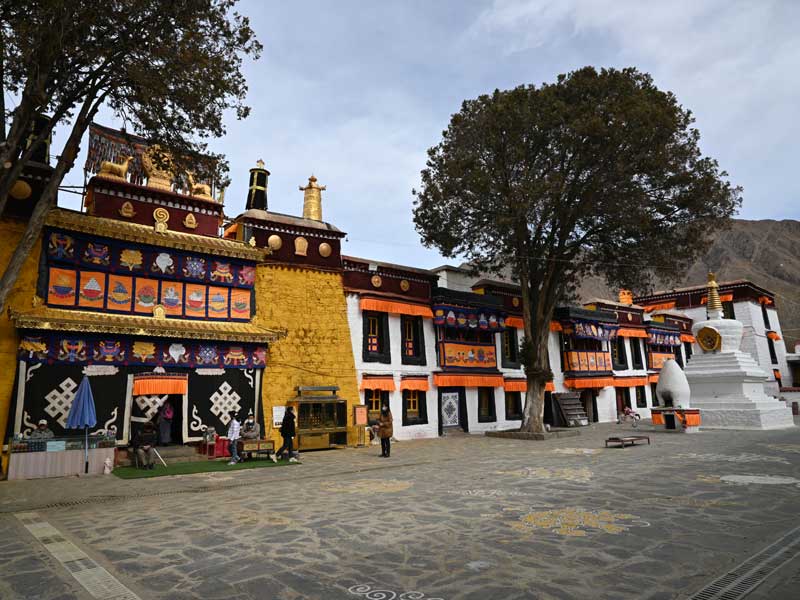
Establishment
There are two versions regarding the establishment of this monastery. One claims that the eminent monk “Ren Gabu” founded it, and later it was expanded by the tutor of the 8th Dalai Lama (Qambê Gyaco), “Kachen·Yeshe Gyaltsen.” Another version states that the 8th Dalai Lama built it for his tutor “Kachen·Yeshe Gyaltsen.” The two versions are outlined as follows:
(1) Tshechokling was initially a meditation cave. In the early 16th century, the venerable monk Ren Gabu meditated in this cave, had a profound realization, and was highly respected, leading to the construction of the monastery named “Drib Tshechokling .” In 1781 AD, the Qing Emperor Qianlong granted power to the 8th Dalai Lama. The following year, the 8th Dalai Lama’s tutor, Kachen Yeshe Gyaltsen, repaired and expanded the monastery using over 22,100 taels of silver, with Yeshe Gyaltsen contributing 7% of the total funds, approximately over 1,500 taels of silver. This monastery served as a place for praying and chanting for the longevity of the Dalai Lama.
(2) The full name of the monastery is “Tshechokling Tashi Tashi Samdanling”. It was built in 1790 AD by the eighth Dalai Lama for his sutra teacher, Garchen·Yeshe Gyaltsen. At that time, Gachen·Yeshe Gyaltsen did not have a permanent residence in Lhasa, and his residence in Shigatse, the Gyedzong Samdanling Monastery, was occupied by the invading Gorkha army. “Gachen·Yeshe Gyaltsen” was old and the heavy responsibility of praying and chanting for the Qing Emperor, so the eighth Dalai Lama specially built this monastery for his use. In order to build the monastery, the Kashag regime of Tibet invested more than 20,000 taels of silver, Gachen himself contributed more than 1,500 taels of silver, and many believers also made donations.
The monastery is located in the “Drib” (means “shadow place”, that is, a place where the sun cannot shine) south of the Lhasa River and is surrounded by mountains on three sides. Therefore, after the monastery was built, it was called “Drib Tshechokling”, or it is still used the old name “Drib”, and people living here are called “Drib-ba”.
At the beginning of the 21st century, the monastery was being rebuilt and there are dozens of resident monks. In addition to the statues of Buddha, Bodhisattvas usually enshrined in Gelug pa of Tibetan Buddhism, the reconstructed main hall also houses the statues of the eighth Dalai Lama and his Buddhist teacher, Garchen·Yeshe Gyaltsen
Architecture and Collection
Tshechokling Monastery, facing south, covers an area of approximately 7,000 square meters, with the main buildings being the scripture hall and the Buddha hall. The scripture hall features a cloister and 32 pillars, a kitchen with 4 pillars, 68 monk rooms, and intricate carvings on the beams and pillars inside. The walls are adorned with murals.
The scope of the Buddhist hall is not large, and the center is dedicated to the mighty and benevolent Buddha — Sakyamuni Buddha. The statue depicts Shakyamuni with a conch-shaped topknot, bare chest, draped in a hanging outer robe, exuding a solemn and majestic presence. Adorned in gold, the Buddha sits upright on a lotus throne, displaying a dignified and grand demeanor. With a slight smile at the corner of his mouth, radiating kindness and grace, the Buddha sits gracefully on the lotus throne. The intricate and magnificent statue is embedded with precious jewels such as turquoise, coral, and amber.
Tshechokling Monastery originally housed the Natang version of the Tripitaka of Kangyur. “Kangyur” is a transliteration from Tibetan, meaning “Words of the Buddha,” also known as the “Canonical Texts,” which are translations of the Sakyamuni’s original teachings. The cover is a snowy blue color with golden lettering, displaying exquisite decorations. Additionally, the monasterye also houses finely carved dharma seats, writings of eminent figures like Tsongkhapa, life-size bronze statues of Tsongkhapa, and 33 auspicious thangkas
Tshechokling Ladrang
Garchen·Yeshe Gyaltsen was the first living Buddha of Tshechokling, and a total of five living Buddhas of Tshechokling have been recognized. Tshechokling Ladrang was also established accordingly. The Gashag Regime of Tibet once granted 6 agricultural manors, including Langru Village, which is now part of Najin Township, Chengguan District, Lhasa City, as well as several pastoral areas including a local pastoral area called “Drib”, as its manors.



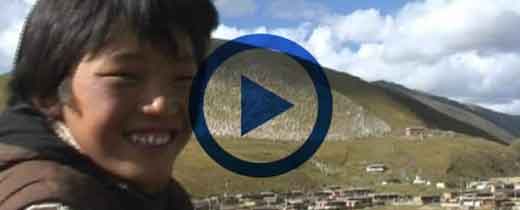
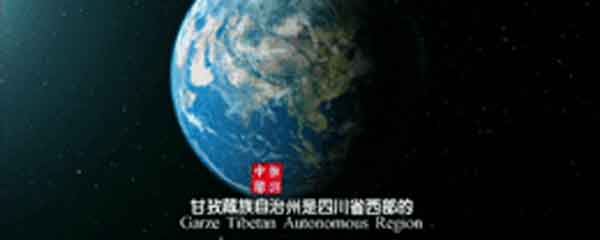
Leave a Reply